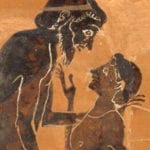 Music
Music  Music
Music  History
History 10 Less Than Jolly Events That Occurred on December 25
 Weird Stuff
Weird Stuff 10 Funny Ways That Researchers Overthink Christmas
 Politics
Politics 10 Political Scandals That Sent Crowds Into the Streets
 Weird Stuff
Weird Stuff Ten Bizarre Facts About The Doge Meme
 Our World
Our World 10 Ways Your Christmas Tree Is More Lit Than You Think
 Movies and TV
Movies and TV The 10 Coolest Stars to Set Sail on The Love Boat
 History
History 10 Things You Didn’t Know About the American National Anthem
 Technology
Technology Top 10 Everyday Tech Buzzwords That Hide a Darker Past
 Humans
Humans 10 Everyday Human Behaviors That Are Actually Survival Instincts
 Music
Music 10 Surprising Origin Stories of Your Favorite Holiday Songs
 History
History 10 Less Than Jolly Events That Occurred on December 25
 Weird Stuff
Weird Stuff 10 Funny Ways That Researchers Overthink Christmas
Who's Behind Listverse?

Jamie Frater
Head Editor
Jamie founded Listverse due to an insatiable desire to share fascinating, obscure, and bizarre facts. He has been a guest speaker on numerous national radio and television stations and is a five time published author.
More About Us Politics
Politics 10 Political Scandals That Sent Crowds Into the Streets
 Weird Stuff
Weird Stuff Ten Bizarre Facts About The Doge Meme
 Our World
Our World 10 Ways Your Christmas Tree Is More Lit Than You Think
 Movies and TV
Movies and TV The 10 Coolest Stars to Set Sail on The Love Boat
 History
History 10 Things You Didn’t Know About the American National Anthem
 Technology
Technology Top 10 Everyday Tech Buzzwords That Hide a Darker Past
 Humans
Humans 10 Everyday Human Behaviors That Are Actually Survival Instincts
10 Weird But Fascinating Problems Faced By Ancient People
We all know about the fundamental problems faced in the ancient past. People had too little food, too much disease, shabby clothes, and inadequate shelters. Human filth was inescapable.
But past cultures also experienced more obscure problems. From supplemental fungus ingestion to prehistoric lead exposure and even prehistoric bedbug infestations, history is full of fascinating problems.
10 They Had To Eat Fungus
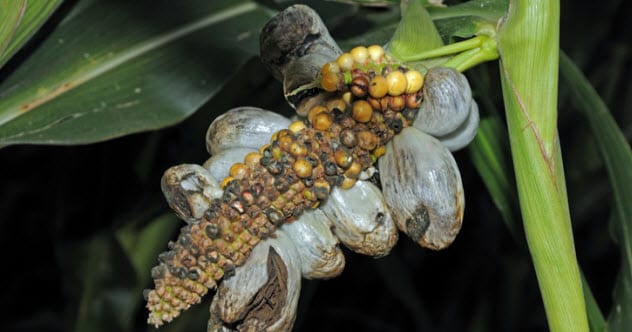
The Pueblo in the southwestern US began their agricultural adventure in 400 BC. For the next 800 years, they grew and ate mainly maize, which constituted 80 percent of their calories.
With a diet that included little else, maybe a bit of yucca or rarely some rabbit, the Pueblo people should have been malnourished. But they didn’t suffer the expected pellagra that comes with nutrient deficiency.[1]
Their nutritional savior was the maize-infecting Ustilago maydis fungus (aka corn smut). It’s an annoyance today. But back then, maize fungus was purposely included in the diet because it boosted overall protein levels thanks to its essential amino acid profile. This huitlacoche is still eaten in Mexico today.
9 They Had To Share Their Beer
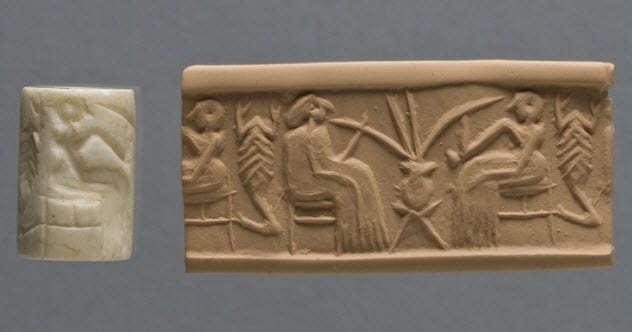
Chemical analysis has just offered direct evidence that the Mesopotamians loved beer. Researchers studied various items from Khani Masi, now the Kurdish region of Iraq, and found residue from beer consumed between 1500 and 1000 BC.
Mesopotamian beer was like ours, made from barley rather than rice or corn like ancient Chinese and Peruvian “beer.” But the drinking of the beverage was different. Instead of using personal vessels, the Mesopotamians drank from sizable communal containers by each dipping a long, metal-tipped straw into the brew.
Mesopotamians did eventually start drinking from personal, handheld containers as social traditions grew weaker. These containers held up to 600 milliliters (20 oz) of brew, or nearly two modern-day beer bottles.[2]
8 Even Ancient People Were Exposed To Lead
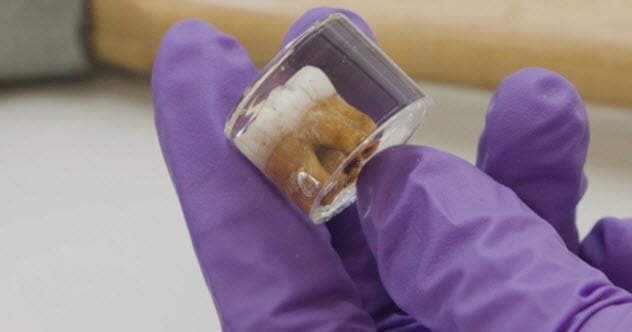
Even Neanderthals suffered from lead exposure, and scientists found the telltale signs in teeth from two Neanderthals from southern France.
Researchers studied teeth because teeth are like tree rings. Fetuses and the very young get a new layer of enamel every day, and these layers trap chemicals that the individuals were exposed to.
Researchers can also tell that the 250,000-year-old Neanderthals ingested their lead during the colder weather. Based on oxygen isotope ratios, the Neanderthals experienced harsher, more pronounced autumns and winters and their children faced malnutrition and illness.
It’s likely that they ingested the lead from contaminated food or water or inhaled it from fires as they frequently populated caves with subterranean lead deposits.[3]
7 Everyone Got Parasites
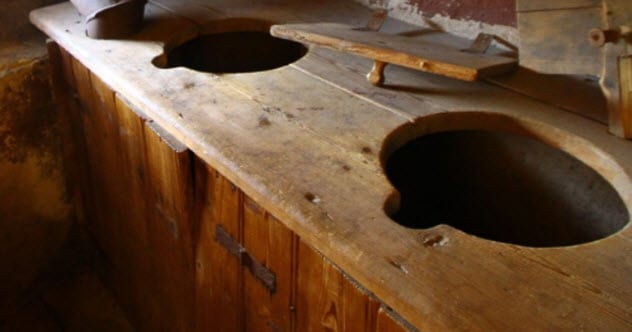
There’s a lot to learn by studying dried old poo. Like the 700-year-old parasites recovered from stool samples acquired from 31 medieval latrines in Lubeck, Germany.
Lubeck was one of the Middle Ages’ most bustling ports, and its people’s intestines were riddled with tapeworms and roundworms thanks to a diet heavy in improperly cooked freshwater fish.
The poo also shows a shift in parasites, revealing that residents switched to a more meat-centric diet around the year 1300. The change might have been due to the concurrent uptick in leather-making and butchery, two industries that polluted the freshwater ecosystem.[4]
6 They Had Holes Drilled Through Their Skull
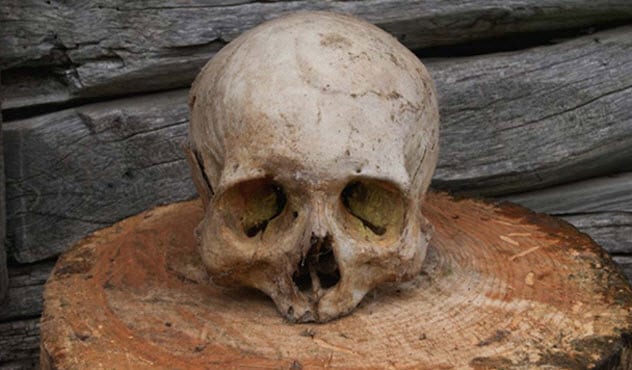
The ancient Chinese knew a lot about disease and described numerous ailments and their pathologies on pieces of bone or tortoise shells. They even knew how to perform craniotomies more than 3,000 years ago.[5]
Archaeologists at the Ruins of Yin found two skulls with drill holes. One of the skulls belonged to a 10-year-old boy and featured a circular, 1-centimeter-wide (0.4 in) perforation. The bone showed signs of healing, so the boy survived as a result or in spite of the surgery. The operation was likely performed with bone needles, four of which were discovered at the ruins.
It’s not the first time that ancient Chinese skulls have been found with perforations, as 13 such skulls, bearing multiple holes, were previously unearthed at ruins in Xinjiang.
5 Women Weren’t Spared The Violence
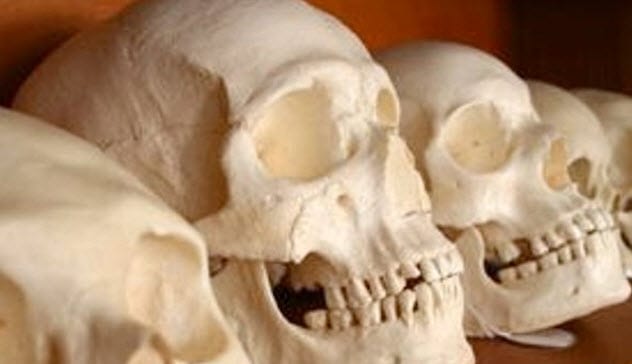
Women weren’t spared from violence in ancient society according to a study of 378 Scandinavian skulls ranging from 3900 BC to 1700 BC, or the late Stone Age that saw a shift to farming.
Researchers found that up to one in six of these Stone Age skulls showed signs of violent injury. Nearly 10 percent of skulls from Sweden and 17 percent from Denmark exhibited signs of smashing, with women as likely as men to suffer lethal cranial trauma.
The discovery challenges the notion that women were spared, and researchers believe the injuries came about as a result of local warfare, family feuds, or raids.[6]
4 They Were Preyed On By Bedbugs
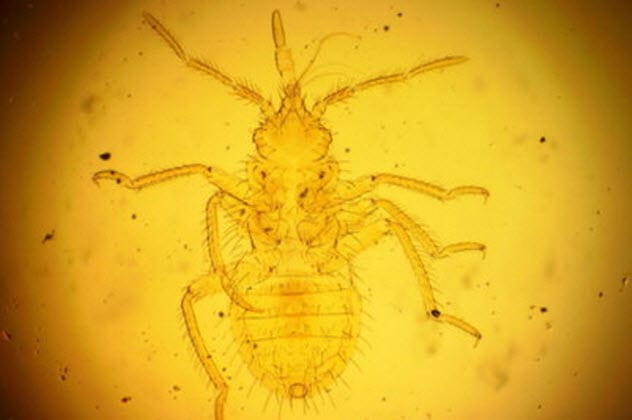
Bedbugs aren’t a modern problem according to recent finds from the Paisley Five Mile Point Cave site in Oregon. Inside the caves, researchers discovered the oldest members of the bedbug genus.
The recovered ancient bedbug fragments date all the way back to 11,000 years ago. They handily beat out the previous oldest, a 3,500-year-old specimen found in Egypt in 1999.
Unlike the bedbugs of popular culture, the types discovered in Oregon are all parasites of bats rather than humans. Researchers say that these creatures probably would have fed on and annoyed humans as the caves were occupied seasonally by hunter-gatherers.[7]
3 They Had Limited Choices For Entertainment
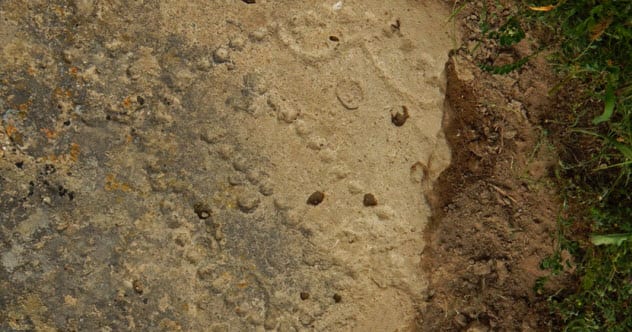
In spite of their busier lifestyles, Bronze Age humans knew boredom. And when they were bored, the gaming selection was limited. One game which quickly spread from the Near East was called 58 Holes, or Hounds and Jackals.
Researchers found a “game board” etched into a 4,000-year-old rock shelter in Azerbaijan. The game features rows of dots, usually 58 dots total. Gamers would have used a type of dice to move their pieces, with the ultimate goal to reach the top hole.
Hounds and Jackals may be the predecessor of backgammon and definitely served as a “social lubricant” to help disparate groups share their cultures.[8]
2 They Had Surprisingly Bad Teeth
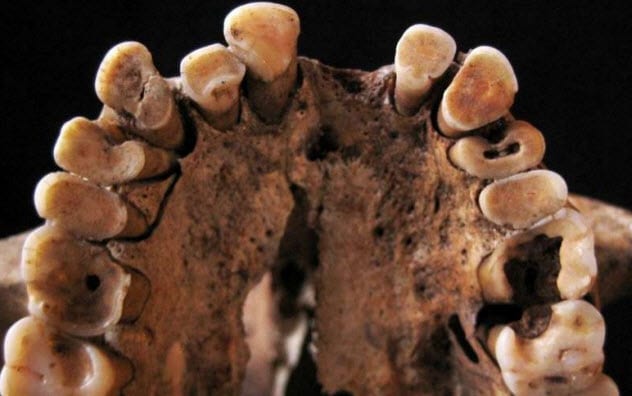
A communal grave site at the Grotte des Pigeons caves in Taforalt, Morocco, surrendered 52 adults who lived between 15,000 and 13,700 years ago—and their horrible teeth.
Only three of the bodies were free of cavities. More than half of the surviving teeth showed evidence of decay, with 49 of the 52 suffering from cavities. That’s comparable to modern people who stuff themselves with loads of refined sugars.
Preagricultural people don’t usually have such rotten teeth as tooth decay exploded with the introduction of domesticated carbs like barley and wheat.[9]
But these hunter-gatherers apparently snacked often and overly relied on nuts, North African acorns, legumes, and oats. They likely used a grinding tool found at the site to transform these foods into flatbreads or sweet, sticky porridges that would have stuck to teeth and fed cavity-causing bacteria.
1 They Ate Their Dogs

The Xoloitzcuintli, or Mexican hairless dog, emerged around 3,500 years ago, making it one of the oldest dog breeds.
In the Aztec language, Nahuatl, “Xolotl” was the god of death and lightning (who supposedly created the breed) and itzcuintli less surprisingly means “dog.”
Aztecs revered the dogs as protectors and guides in the afterlife, helping the dead through Mictlan, or Aztec Hades. In the region encompassing Colima, Nayarit, and Jalisco, little Xoloitzcuintli ceramics accompanied 75 percent of burials.[10]
Although the Aztecs tucked in their hairless little buddies at night, they also ate the creatures as a delicacy . . . because history is brutal. When the conquistadors arrived, they also ate xolo, nearly wiping out the breed.
Ivan writes about cool things for the Internet. You can contact him at [email protected].
Read more fascinating facts about ancient people on 10 Ancient People And Places Destroyed By Natural Disasters and 10 Fascinating Glimpses Into Ancient Daily Life.




